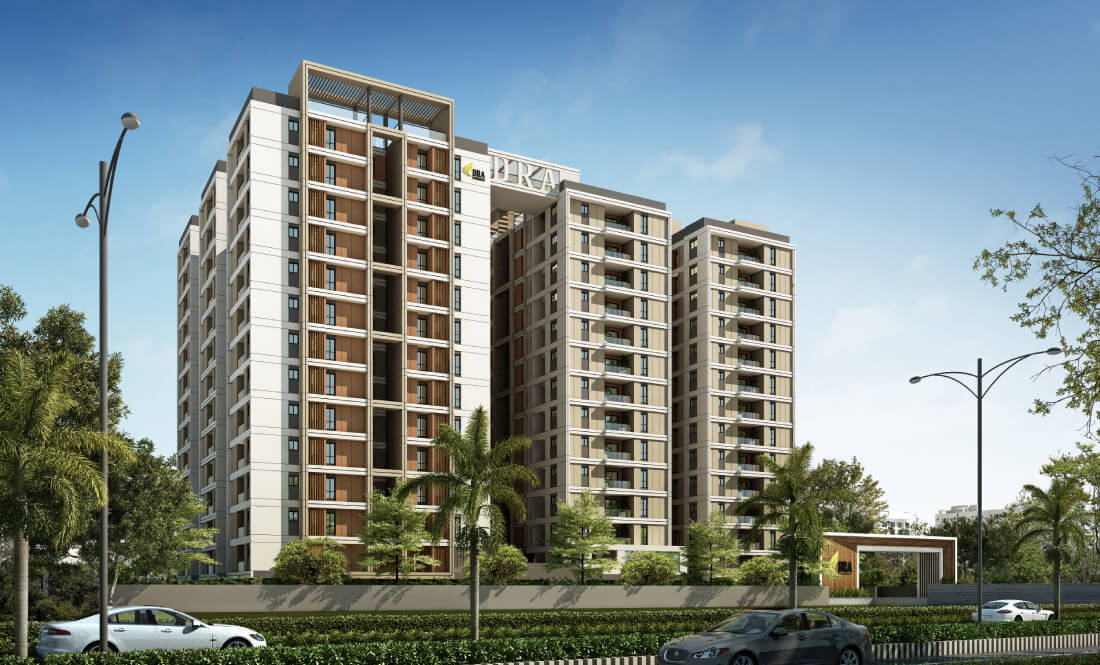Property investment in a growing city like Chennai often brings up the question of future value. Flats in Chennai have seen significant interest from both first-time buyers and seasoned investors over the past decade. But how do these properties perform in the long run? Are they likely to grow in value over time?
Let us look into the long-term appreciation prospects for flats in Chennai and understand the contributing factors.
Growing Demand for Residential Spaces
Chennai has seen consistent population growth. With employment opportunities increasing in IT parks, manufacturing hubs, and port-based industries, the demand for housing is steadily rising. As more people move to the city for work, the requirement for flats, particularly in well-connected areas, continues to grow.
This demand keeps the real estate sector active. The presence of large apartment communities in areas like OMR, Porur, Velachery, and Pallikaranai points toward sustained buyer interest. As demand increases and supply gets absorbed, prices are expected to move upwards in the long term.
Expansion of Infrastructure
Infrastructure projects play a major role in property appreciation. In Chennai, several ongoing and proposed projects contribute to better connectivity and accessibility.
The Metro Rail expansion, outer ring road connectivity, and flyovers in key junctions are some of the developments that improve travel time and attract buyers to nearby localities. When infrastructure improves, the residential areas around them become more desirable, leading to a gradual increase in property prices.
Flats in Chennai located near such projects are more likely to experience steady appreciation as commuting becomes easier and amenities grow around these locations.
Steady Rental Returns
Another indicator of long-term appreciation is rental yield. Flats in Chennai that are located in areas with high rental demand tend to attract both end-users and investors. This leads to more activity in the property market.
Places such as Thoraipakkam, Sholinganallur, Medavakkam, and Perungudi see a good amount of rental demand due to their proximity to IT corridors and educational institutions. This not only generates monthly income for owners but also increases the value of the flat as the locality becomes more popular.
Higher rental demand often leads to price appreciation because buyers are willing to pay a premium for an income-generating asset.
Development of Employment Hubs
Employment hubs create a major impact on property prices. The growth of industrial estates, IT parks, and special economic zones (SEZs) in and around Chennai has played a strong role in boosting demand for residential flats.
For instance, areas near the SIPCOT IT Park on OMR or the industrial zones in Sriperumbudur have witnessed a surge in housing needs. Flats in Chennai that are located within a few kilometers of these hubs are more likely to appreciate in value due to constant demand from employees working nearby.
Such locations tend to attract a mix of buyers and tenants which increases property turnover and gradually drives up prices.
Emerging Suburban Hotspots
As the core parts of the city become crowded and expensive, suburban areas are getting attention. Places like Guduvanchery, Oragadam, and Kelambakkam are seeing new residential developments.
These areas offer lower entry prices but show promise due to planned infrastructure and growing commercial spaces. Over time, as these suburbs develop and become self-sufficient with schools, hospitals, and shopping options, flats in these locations are expected to appreciate significantly.
For long-term investors, these emerging areas present an opportunity to invest early and wait for capital growth.
Government Policies and Real Estate Reforms
Over the years, government regulations like RERA (Real Estate Regulatory Authority) have brought more transparency to the sector. These changes have increased buyer confidence and made the market more stable.
In Chennai, the implementation of proper guidelines and building codes helps maintain property standards. This prevents poorly planned developments and keeps demand focused on well-constructed flats.
Stable and regulated markets tend to offer better appreciation over time as buyers feel secure in investing their money in real estate.
Historical Price Trends
Looking at data from the past 10 to 15 years, flats in Chennai have shown gradual and consistent appreciation. While there were periods of slowdown, especially during nationwide economic or pandemic-related challenges, the market has largely been resilient.
Older residential zones like Anna Nagar, T. Nagar, and Adyar have shown steady growth over time. At the same time, newer localities are catching up due to expansion and development.
By holding property over the long term, investors have been able to benefit from capital growth, even if short-term fluctuations existed.
Future Outlook
Experts believe that flats in Chennai will continue to appreciate at a steady pace, especially in areas where demand remains strong and development continues. The combination of employment, infrastructure, and planned urban expansion supports this outlook.
While rapid spikes in prices may not happen overnight, the long-term picture remains positive for those looking to buy and hold property.
Conclusion
Flats in Chennai offer a promising outlook for long-term appreciation. Key drivers such as population growth, employment opportunities, rental demand, and infrastructure development contribute to this trend.
If you are planning to invest, focus on localities that have both current demand and future potential. Flats that are close to upcoming infrastructure projects, employment hubs, and educational institutions are more likely to appreciate over time.
Real estate in Chennai may not deliver instant returns, but with patience and the right location, it can turn out to be a rewarding long-term investment.
